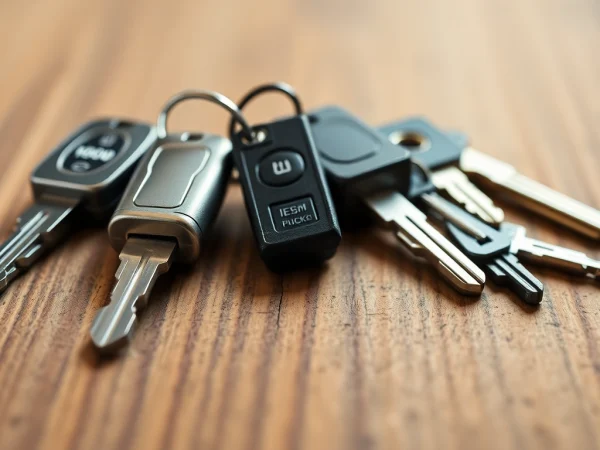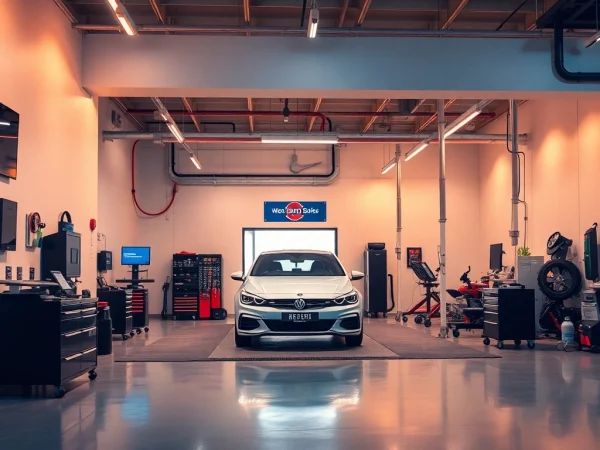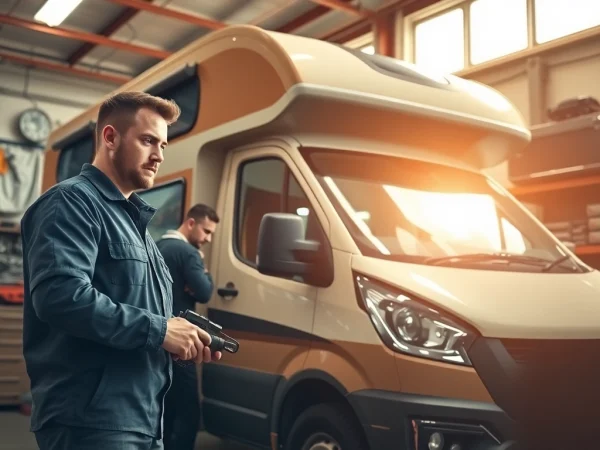Quick Solutions for Keys Locked in Car: What You Need to Know
The Dilemma of Keys Locked in Car
Experiencing the frustration of having your keys locked in your car is a common dilemma faced by many drivers. The situation becomes increasingly urgent as you think about your options and control over the situation. When the stress of being locked out mounts, knowing how to handle it can save you time, money, and anxiety. This article will provide you with detailed strategies and insights on how to cope with the situation when you find yourself in the unfortunate predicament of Keys Locked in Car.
Understanding Common Causes
To prevent future incidents, it’s crucial to understand the various reasons behind lockouts. The most common causes include:
- Rushing: Many people lock their keys inside the car while hurrying. This often results from misplaced priorities and multitasking frustration.
- Key Fob Malfunctions: Advanced car systems rely heavily on electronic key fobs, which, if malfunctioning, can lead to unfortunate lockouts.
- Distraction: A momentary distraction—such as children in the back seat or a phone call—can lead to accidentally locking doors with keys still inside.
- Auto-lock Features: Many modern vehicles have auto-lock features that activate when the key fob is out of range, which can catch owners off guard.
Immediate Actions to Take
When you realize you’ve locked your keys inside the car, staying calm is paramount. Here are the first steps to take:
- Remain Calm: Panic can cloud your judgment. Take a deep breath and assess the situation.
- Check All Doors: Often, a side door or trunk might be unlocked, providing you with easy access without further action.
- Assess Your Surroundings: Is there nearby help, such as friends or family? Are you in a safe location?
- Contact Emergency Services or Roadside Assistance: If you have a roadside assistance program, they can often help you access your vehicle without the need for a locksmith.
When to Seek Professional Help
Sometimes situations require the expertise of a professional. Here are some scenarios to help you decide:
- Repeated Lockouts: If you find yourself frequently locked out, it may be time to consult with a locksmith or auto mechanic to explore solutions.
- Complex Lock Mechanisms: Modern vehicles often come equipped with sophisticated locking mechanisms, making it necessary to seek expert help for safe retrieval.
- No Spare Key: If you’re without a spare key and cannot access the vehicle, professional locksmith services become essential.
DIY Methods to Retrieve Keys Locked in Car
If you prefer a DIY approach to unlock your car, several methods can be attempted, especially if you feel comfortable with hands-on tasks.
Using Simple Tools for Unlocking
Basic household items can often aid in retrieving locked keys. Here are some popular ones:
- Slim Jim: This metal tool is specifically made for unlocking car doors by manipulating the locking mechanism. Proper instruction is crucial, so research how to use it effectively before attempting.
- Bobby Pins: In a pinch, a bobby pin can be utilized to manipulate the lock. This method requires patience and some finesse to work properly.
- Coat Hanger: For older model cars, a straightened coat hanger can help unlock doors by reaching inside through a small opening.
Employing Lock Bumping Techniques
Lock bumping is a method where a specially crafted key can open certain locks. It’s vital to emphasize that this should only be done legally and ethically.
- Learning Proper Techniques: Lock bumping requires understanding your vehicle’s lock mechanism. Multiple resources are available for educational purposes.
- Obtaining the Right Tools: You will need a bump key specific to your lock for this method to work, which complicates the process for many.
The Fishing Line Trick Explained
If your car features a manual lock mechanism, the fishing line method could be your best bet. Here’s how it works:
- Gather Tools: You will need a thin length of fishing line or string, making sure it has enough flexibility to maneuver through the door’s crack.
- Insert the Line: Carefully slide the fishing line into the open door crack until you reach the lock button.
- Pull the Button Up: Once you’ve made contact with the lock, loop the line around it and gently pull upwards.
Cost-Effective Solutions When Locked Out
When locked out, financial constraints can heighten stress. Here are options for cost-effective solutions:
Local Services that Can Assist
Many communities host services that can provide assistance in emergency lockout situations. Look for:
- Community Programs: Some local community organizations may offer assistance for emergencies, including access to vehicles.
- College Student Services: Some universities offer lockout assistance through mechanic clubs or hands-on groups where students can help at a low cost.
- Neighborhood Assistance: Consider asking neighbors or local friends who are skilled in DIY methods to aid you.
Utilizing Community Support Options
Utilizing community resources can significantly reduce costs when stranded:
- Online Groups: Leverage social media platforms to seek quick solutions from local groups.
- Neighborhood Apps: Many neighborhoods have specific applications where residents can seek assistance or guidance.
Emergency Call Guidelines
If the situation escalates and you need to call for help, here are efficient strategies:
- Be Clear and Concise: When contacting services, clearly explain your situation to expedite assistance.
- Provide Location Details: Be prepared with specific location details to assist responders in reaching you quickly.
Preventing Future Lockouts
After experiencing a lockout, taking preventive measures is essential to avoid future incidents. Here’s how:
Tips for Key Management
Effective key management can greatly reduce the likelihood of lockouts:
- Establish a Consistent Place for Keys: Always store your keys in the same designated area, creating a habit that minimizes forgetfulness.
- Use Keychains Wisely: Durable keychains or smart key holders can help you keep track of multiple keys, further reducing the chances of misplacement.
Exploring Spare Key Options
Having a spare key is one of the most reliable preventive strategies:
- Trustworthy Associates: Provide a spare key to a trusted friend, family member, or neighbor, ensuring that you can access your vehicle without stress.
- Key Hiding Strategies: If you choose to hide a spare key, opt for discreet places only known to you and trusted individuals.
Technology to Avoid Lockouts
Technology is increasingly becoming the solution to common issues, including lockouts:
- Smart Key Systems: Modern vehicles often feature smart key systems that can prevent many lockout scenarios altogether.
- Mobile Applications: Some vehicle manufacturers have mobile applications that allow you to unlock doors remotely.
Conclusion and Final Recommendations
In summary, navigating the challenge of having keys locked in your car requires a calm approach combined with practical strategies. Whether opting for DIY methods, seeking professional help, or utilizing community resources, understanding the situation overall enhances your ability to respond effectively. Take proactive measures to minimize the chance of future incidents through smart key management, establishing spare key systems, and leveraging available technology. When faced with emergencies, staying calm and collected ensures better outcomes.
Summary of Key Strategies
In recapping key strategies:
- Understanding common causes can help you prevent lockouts.
- Immediate actions include checking for open doors and calling for help.
- Choosing the appropriate DIY method can lead to successful unlocks.
Recap of DIY and Professional Help
While DIY methods can save time and money, knowing when to draw upon professional services adds an additional layer of security. Whatever your approach, being informed is your best defense against the common challenge of keys locked in your car.
Encouragement for Staying Calm During Emergencies
Above all, practicing patience and calmness during emergencies will lead to more effective solutions and ultimately better experiences overall. The knowledge and strategies shared in this article aim to reduce stress and empower you as a driver facing unexpected setbacks.







